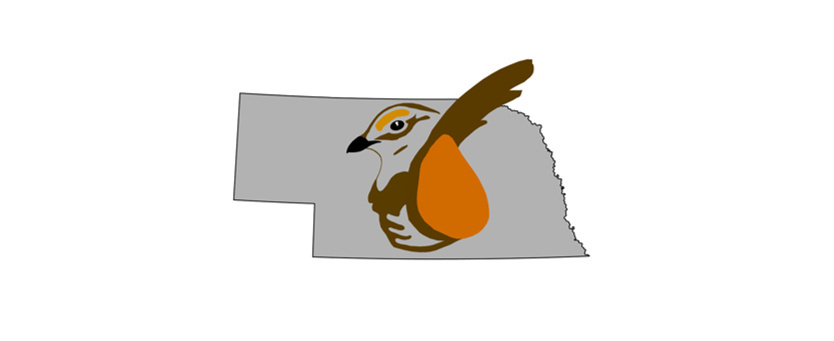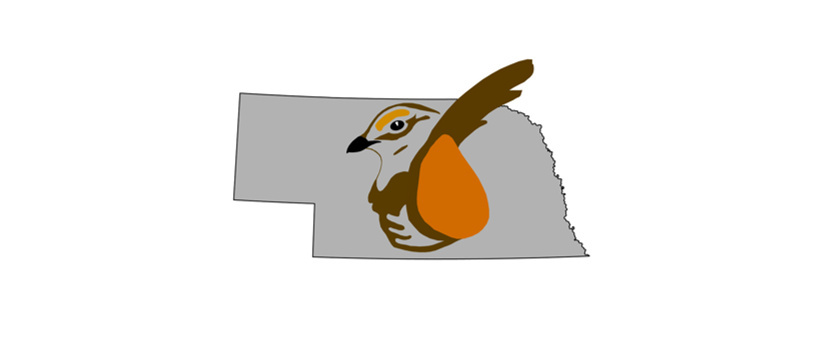Aratinga nenday Status: No accepted records. Taxonomy: No subspecies are recognized in its native South American range (AviList 2025). Comments: A pair with bands, considered to be obvious escapes, were seen flying around a sunflower patch at a Lincoln, Lancaster Co golf course 22-23 Sep 1990 (Thomas Labedz, personal communication). Caged birds have been released […]
[BUDGERIGAR]
Melopsittacus undulatus Status: No accepted records. Taxonomy: No subspecies are recognized (AviList 2025). Comments: Nebraska sightings are of escaped or released cage birds. A free-flying yellow morph bird considered “probably an escape” was seen at a feeder in Kearney, Buffalo Co 8 Aug 1991. One was seen flying near Wakefield, Dixon Co 18 Aug 1999, […]
[ROSY-FACED LOVEBIRD]
Agapornis roseicollis Status: No accepted records. Taxonomy: There are two subspecies recognized in this species’ native range in Angola and Namibia (AviList 2025), but the established populations in Phoenix, Arizona and presumably those in Hawaii are descended from captive birds (see below). Comments: There are three reports. An obvious escapee or released bird was hanging […]
[MONK PARAKEET]
Myiopsitta monachus Status: No accepted records. Taxonomy: Three subspecies are recognized, all in its native South America (AviList 2025). Established populations in North America are derived from nominate M. m. monachus in Uruguay (Edelaar et al 2015). Comments: There is no established population in Nebraska. This species builds nests and occupies them year-round, and so […]
[IVORY-BILLED WOODPECKER]
Campephilus principalis Status: No accepted records. Taxonomy: Two subspecies are recognized, principalis of the southeastern USA and bairdii of Cuba (AviList 2025). Most authorities consider both subspecies extinct or nearly so (AOU 1998). Comments: Bruner (1896) cited a report by G.A. Coleman that this species was rare in the vicinity of Peru. Bruner et al […]
[BLACK-BACKED WOODPECKER]
Picoides arcticus Status: No accepted records. Taxonomy: No subspecies are currently recognized (AviList 2025). Comments: Despite several Nebraska reports, none are acceptably documented; none of the collected specimens cited below are known to be extant. There is only one report since 1970, a bird at Smith Lake WMA, Sheridan Co 25 Jun 2011, but the brevity […]



